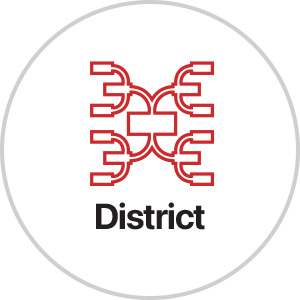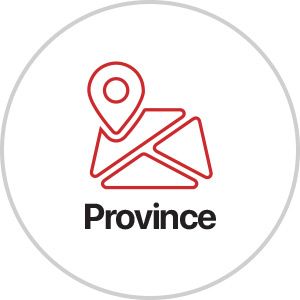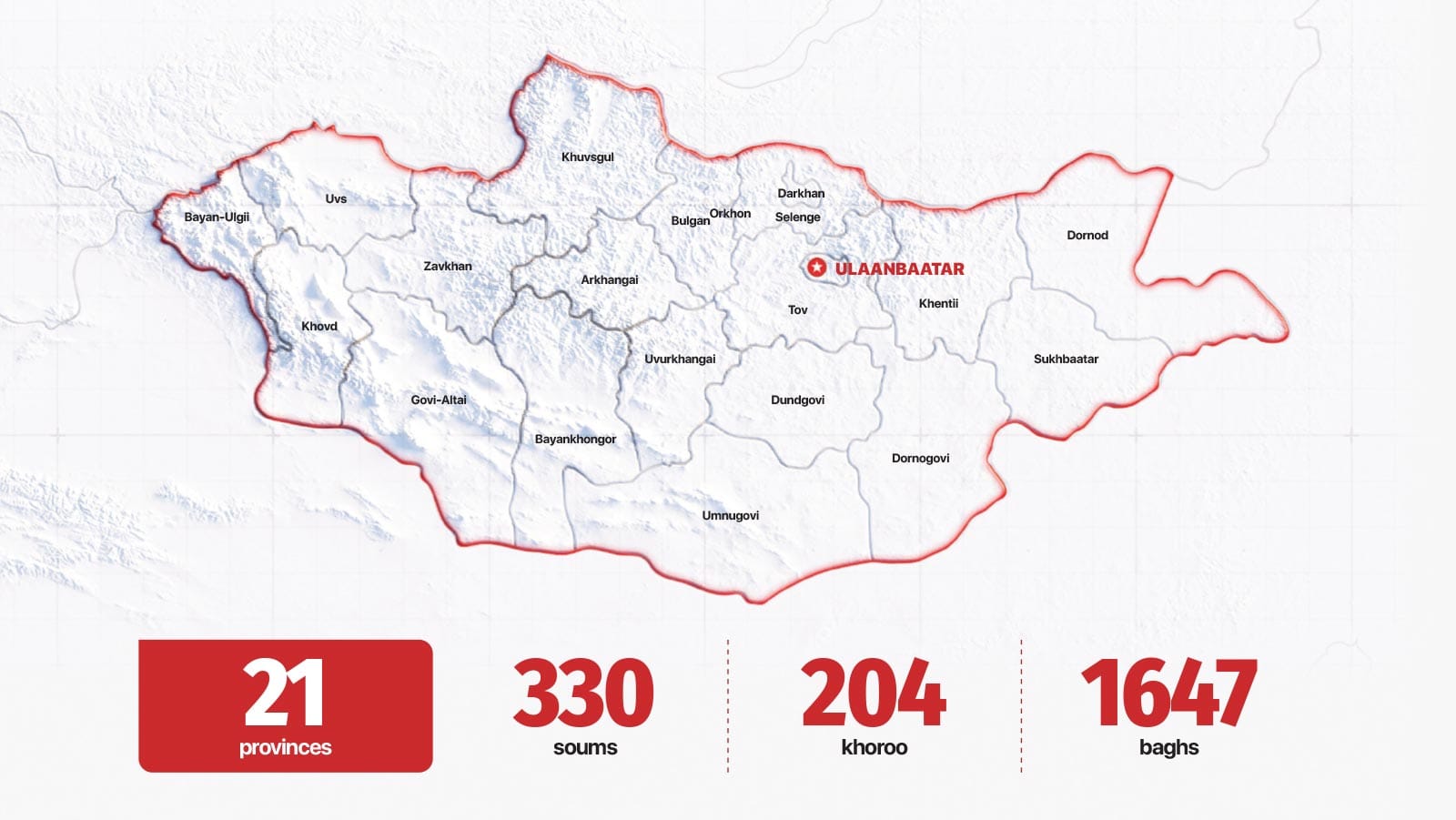The executive branch of the state is the Government of Mongolia. The government is usually headed by the leader of the party with the majority of seats in the parliamentary elections, or by the Prime Minister. Following a 2019 constitutional amendment, the government was given more political power, giving the Prime Minister the ability to form its cabinet and submit to the parliament for approval.
The composition of the government is determined by the Prime Minister and approved by Parliament.
The current Government has 16 Ministries and 19 Ministers, composed of 16 Ministers from the Mongolian People’s Party, two members from the National Labor Party (Hun Party), and one Minister from the Civil Will Green Party. In addition, agencies with special functions belong to the government.
Roles and responsibilities of the government
- Ensure the implementation of the Constitution and other laws throughout the country
- Develop a unified science and technology policy, guidelines for economic and social development, state budget, loans, and financial plans, and submit them to the Parliament for approval
- Implement the Parliament’s decision
- Draft and implement sector-specific, inter-sector, and regional development measures
- Protect the environment
- Determine the use of and rehabilitation of natural resources
- Promptly manage the central administrative body of the state
- Manage the activities of local administration
- Strengthen the national defense capacity and ensure national security
- Protect individual human rights and freedoms
- Take measures to strengthen public order and fight crime
- Implement foreign policy
- Establish and implement international agreements
- Establish and terminate intergovernmental agreements
Local government
The territorial unit of Mongolia is divided into 21 provinces and the capital city.
Administrative divisions of Mongolia
Elections for Citizens’ Representative Khurals – local council coincide with the general parliamentary election and are held once every four years.
Elections for Citizens’ Representative Khurals elect the members of the councils along the following geographical lines:




The party that wins the election of the Citizens’ Representative Khurals of these units proposes the appointment of respective governors. The names of governers are suggested by the Citizen’s Representative Khural/Council (CRC) of their respective units. Provincial and capital governers are appointed by the Prime Minister, while the governors of soums districts are appointed by their respective provincial or capital governers on a four-year term respectively.
The key purpose of the governors of provinces and the capital is to implement the decisions of the respective Citizens’ Representative Khurals. In addition, governors must report to the government on an annual basis.
Roles & responsibilities:
- Develop a proposal to designate certain geographical areas under its jurisdiction into special protection and submit them to the Citizens’ Representative Khural for final decision.
- Governors have the right to vote for the issuance of mineral exploration and mining licenses in their jurisdiction, based on the decision of the Presidium of the Citizens’ Representative Khural.
- Annually report to the Government.
- Other.
